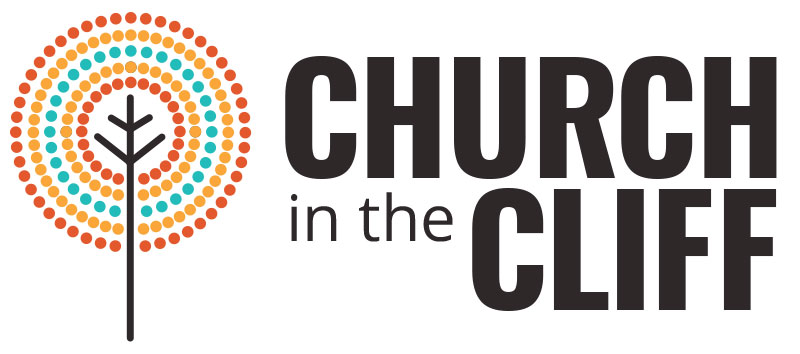First, I want to apologize for not writing anything last week. I’m sure everyone was on pins and needles. No, really, I did want to write every day during Lent, so I’m a little behind. The website crashed last week, so my time was spent getting it back instead of adding content to it. It was an inopportune time to go down because I wanted to set off strong for the beginning of Lent, making sure that I frame what we’re doing. But the most important thing about Lent is not whether we succeed or fail in our practices, but how we reflect on the experience of it, whether success or failure.
For Lent this year, we are studying two journeys: Jesus journey to Jerusalem, the cross, and death; and the Israelites journey out of bondage and into the Promised Land. It so happens that these have been conflated in the Christian tradition where death, because of heaven, is equated with the Promised Land. In hymnody, life is depicted as an experience of suffering and death is the end of suffering.
The danger of this conflation is that it leaves unanswered some of the fundamental questions of existence. If this life is nothing and death is everything, why are we here? What should we do? It puts us in a passive posture, just waiting. It also obscures both the seriousness and the moral value of death. Why not commit suicide? Why not rush into death’s sweet embrace?
In the currently dominant understanding of the Christian story, Jesus’ death is unique. It opens the gates to the Promised Land. But if that is the case, what could it possibly mean for us to take up our cross and follow him? Our death in this schema does not have that power. Instead, it is merely submission to the relentless suffering of life that God demands. Perhaps there is a different way of reading that story.
If Jesus’ death, rather than being a part of a cosmic magic trick to resolve a problem created by God in the first place, is actually an attempt to move the world toward God’s dreams of peace and justice, then we have a part to play. Taking up our cross and following Jesus makes meaning of death – at least, death for the sake of others. It does, in fact, give us the chance to open up the gates to the Promised Land, where all are welcome, all who hunger are fed, and all who thirst are satiated. Death and suffering can never be good, but they can be redeemed. Out in the world, they can be redeemed by bringing life to the world.
But they can also be redeemed internally. In fact, they must be in order for us to find the internal peace and wholeness that God desires for us. Little deaths happen to us all the time. We can live into the loss, nurture fear and anxiety, and allow our ego or false self or shadow self to take control, to obscure the image of God that is each of us. We can also process our pain – not ignore or deny it, but acknowledge it and ask questions of it. That way, we have the opportunity to live into hope. When Jesus speaks of dying so that we might live, one way to read it is the death of the false self, so that the core self can live.
Thus, we have two parallel journeys: one is an internal journey to examine our fears and find hope; the other is a journey to bring the world into God’s dream of peace and justice. These two journeys are so interdependent that they might be one and the same. The death of the false self allows us to see the world as it is, what must be lamented and what must be celebrated. Our hearts are broken open for the needs of the world. We find compassion; we feel with the world. Then we join in Jesus’ work of salvation taking up our cross and following God, no matter the cost. If we do the first journey well, we will have nothing to lose when the second comes to a close.
